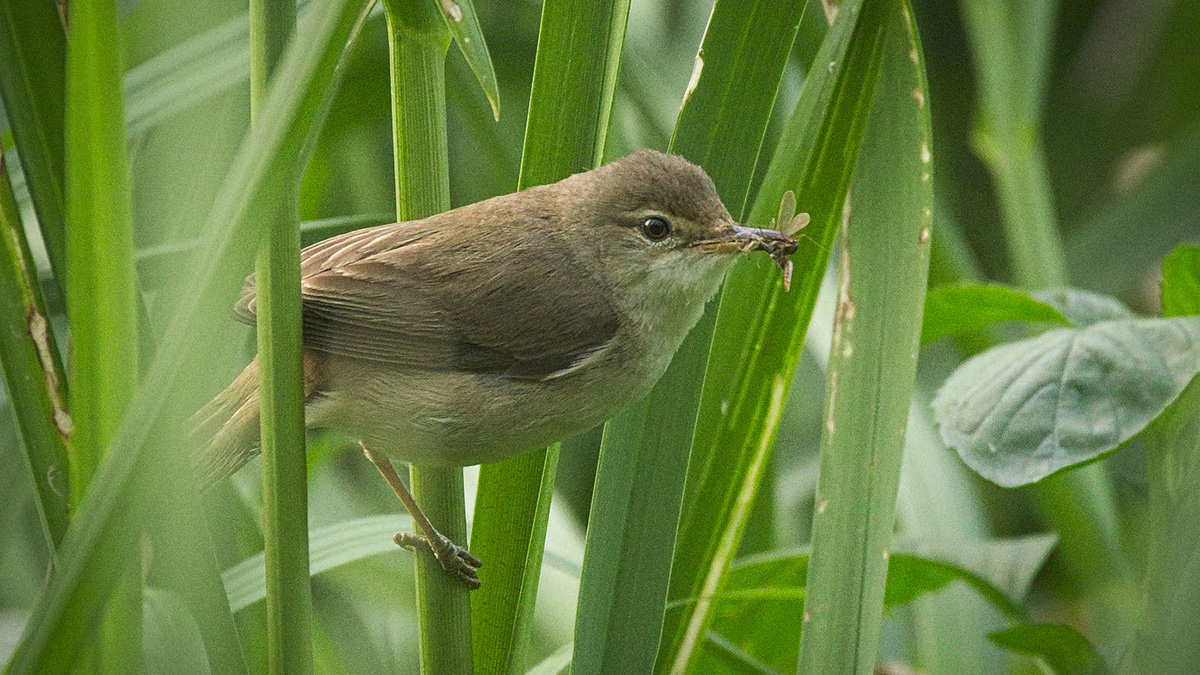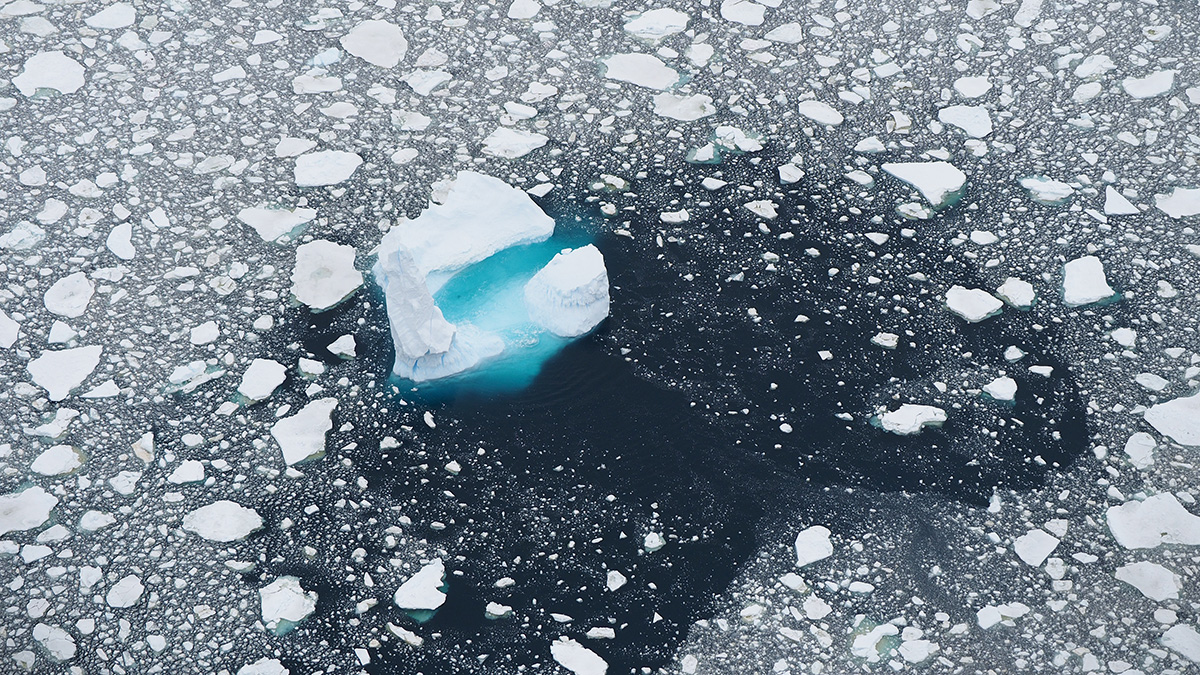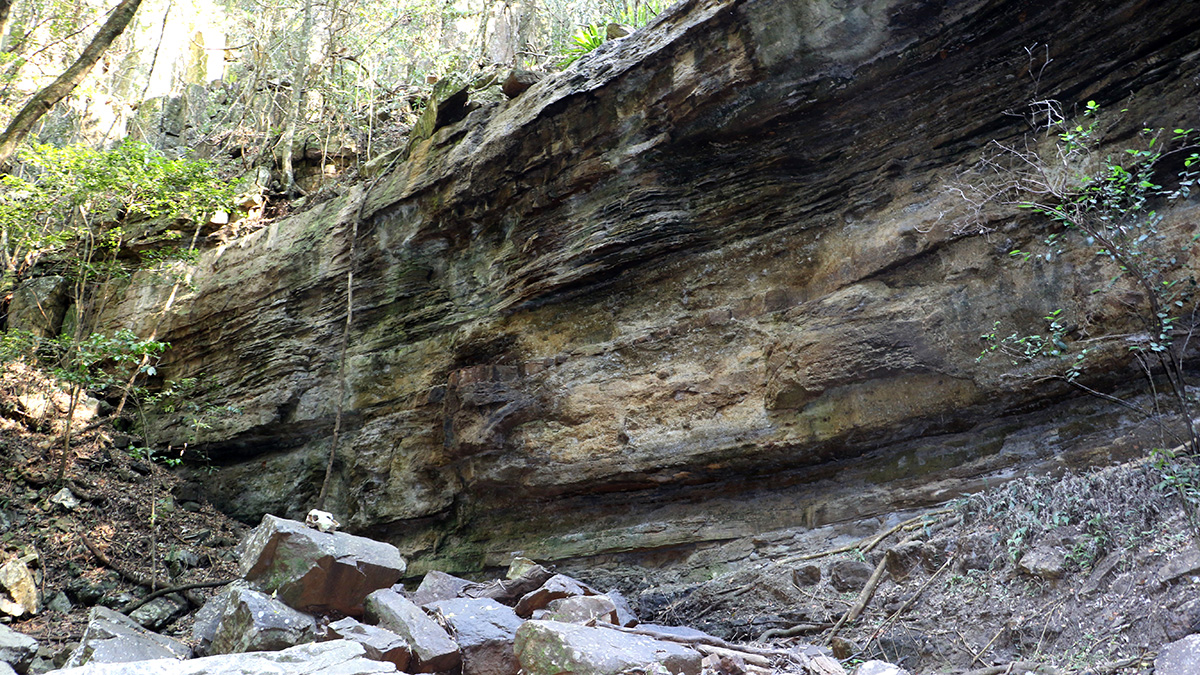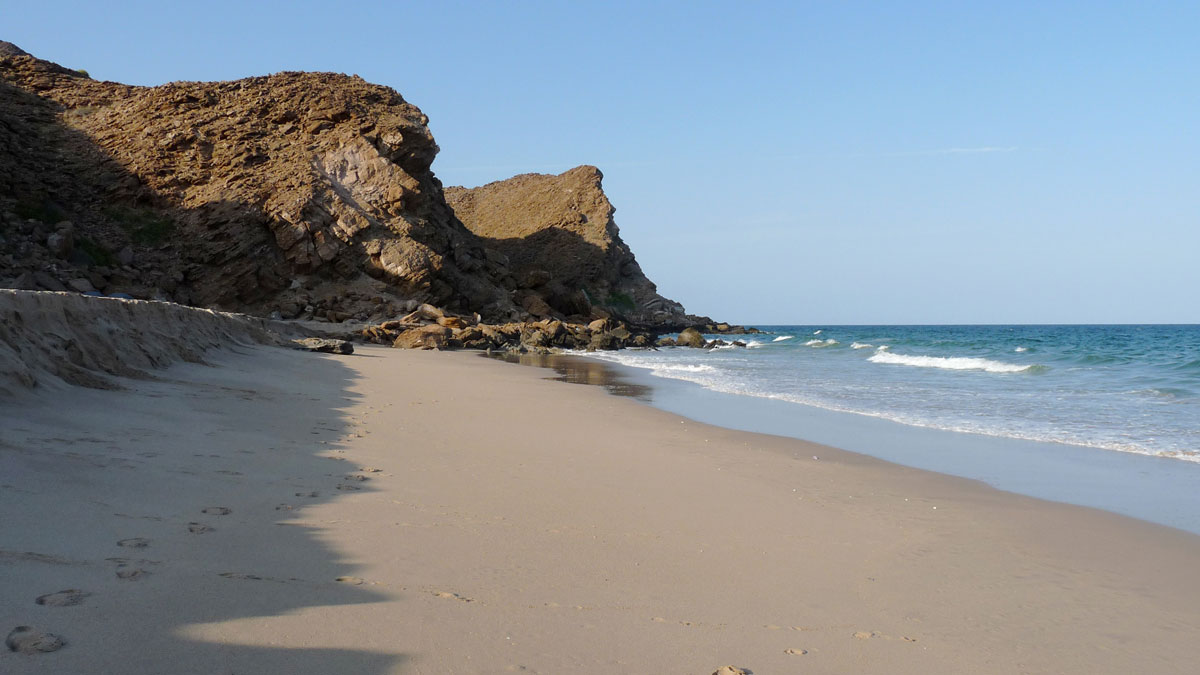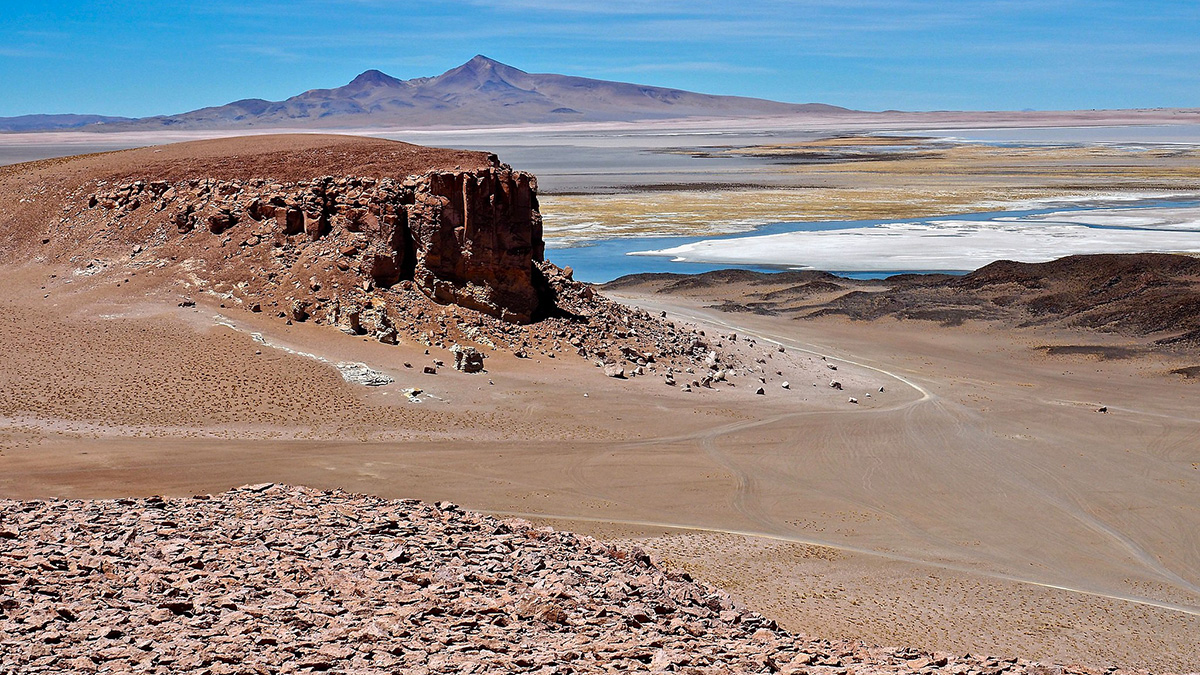Un modelo 3D del sistema Tierra incorpora variables como la temperatura y la sulfurización para aclarar el evento de extinción de finales del Pérmico.
unsolved mysteries
The Young Earth Under the Cool Sun
How did our planet avoid being frozen solid during the early days of our solar system?
The Mystery of Methane on Mars Thickens
Two recently published papers zoom in on the mystery source of methane in the Martian atmosphere.
Magnetic Stop Signs Show Birds the Way Home
Just like salmon and sea turtles, these songbirds appear to be sensitive to shifts in the magnetic field.
New Perspectives on the Enigma of Expanding Antarctic Sea Ice
Recent research offers new insights on Antarctic sea ice, which, despite global warming, has increased in overall extent over the past 40 years.
A New Model for an Old Extinction Event
A 3D Earth system model incorporates variables such as temperature and sulfurization to shed light on the end-Permian extinction event.
Radiometric Dating Sheds Light on Tectonic Debate
The emplacement of the Samail Ophiolite in Oman has been a source of disagreement among geologists. New state-of-the-art research offers a fresh perspective on its timing and geometry.
Understanding Rare Rain Events in the Driest Desert on Earth
A new study reveals the atmospheric paths of storm events that can deliver a decade’s worth of rain in a few hours to the Atacama Desert.
How Much Did the Moon Heat Young Earth?
Tidal heating may have raised the surface temperature of early Earth and triggered global volcanism, a new study says.
“Sticky” Ice Sheets May Have Led to More Intense Glacial Cycles
New research attributes a shift to longer, stronger glacial cycles to increased friction between ice sheets and bedrock in the Northern Hemisphere 1 million years ago.




